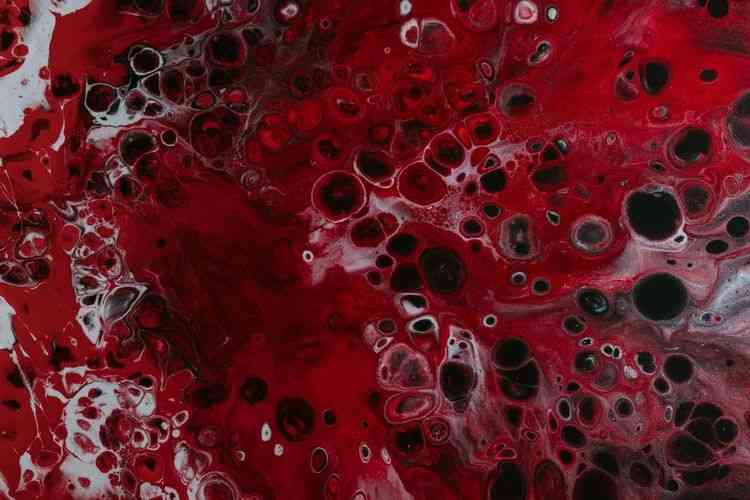Since ancient times, blood has been a great mystery for humankind. It was thought that blood carries a mysterious “vital force” necessary to sustain life. Roman gladiators in ancient times used to drink the blood of the fallen warriors in a belief that it would grant them the vitality of the fallen. Even now, we feel daunted when we find ourselves bleeding. (Article continues below)

We didn’t know much about blood until it was examined under microscopes, which revealed a lot about its composition and properties. The branch of science concerned with the study of blood is called hematology.
Blood is a liquid connective tissue. It is a medium through which substances such as nutrition, oxygen, and hormones are transported throughout the body.
Composition
Blood is a connective tissue, and just like any other connective tissue, it is mainly composed of ECM (extracellular matrix) and cells. Plasma is the ECM of blood, and the cells, also known as formed elements, are suspended in the plasma. Formed elements include cells and cell fragments such as RBC, WBC and platelets.

We can easily count the ratio of blood components by taking a sample and centrifuging it.
Consider supporting me by donating here
Blood consists of roughly 55% plasma and 45% formed elements. RBC (erythrocytes), a component of the formed elements, usually constitutes around 45-50% of the whole blood volume. WBC contributes to less than 1% of blood volume, and the rest is platelets and other substances.

Below is a brief overview of each type of formed elements:
Erythrocytes or RBCs
Erythrocytes or RBCs are the most abundant formed element of blood. They are bi-concave disc-shaped molecules. RBCs play a crucial role in our survival as they carry oxygen to tissues and helps cells to get rid of carbon dioxides.
RBCs do not have mitochondria, and they lose their nucleus early during development. The presence of hemoglobin is the reason RBCs appear red under microscopic examination and also the reason for blood being red. Hemoglobin plays a crucial role in oxygen transportation. Each hemoglobin molecule can carry up to 4 oxygen molecules.
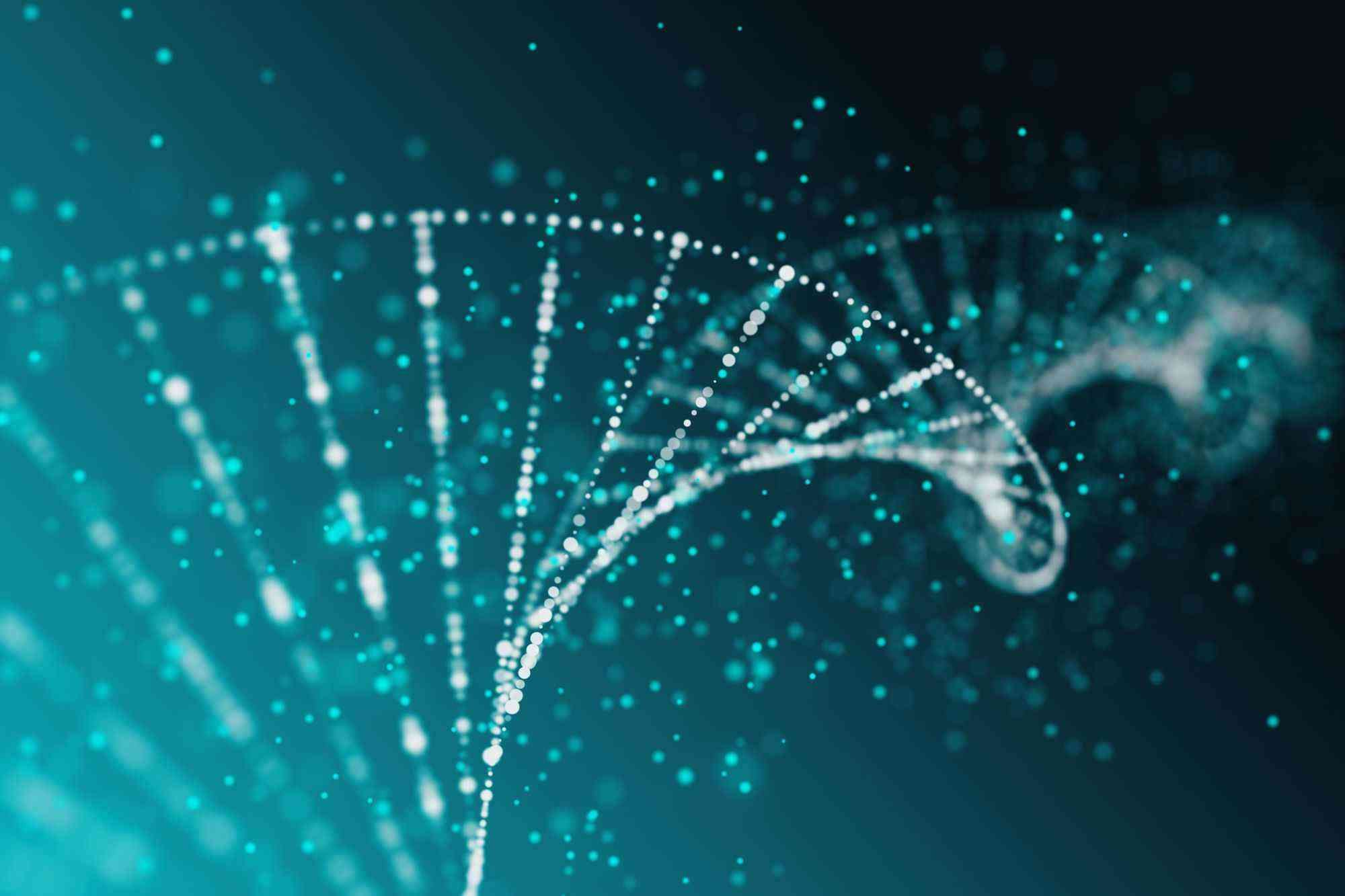
Leukocytes or WBCs
Leukocytes are not as abundant as RBCs or platelets but play a critical role in our survival by fending off infections and other diseases. WBCs are mainly habituated in tissues; thus, only a handful of them can be found in blood at a time.
Leukocytes are produced in a process called Leukopoiesis. First, the HSC (hemopoietic stem cell) divides into a distinct type of colony-forming unit which then matures into a more specific leukocyte.
Leukocytes come in many shapes and sizes. There are five types of leukocytes that are broadly categorized into two types.

I. Granulocytes (Have various type of granules)
- Neutrophil
- Eosinophil
- Basophil
II. Agranulocytes (Do not have granules like granulocytes)
- Monocyte
- Lymphocyte
The number of individual WBCs may rise or fall depending on a disease/infection condition, which can be a good indicator of a particular type of disease and can be detected by examining the WBC count.
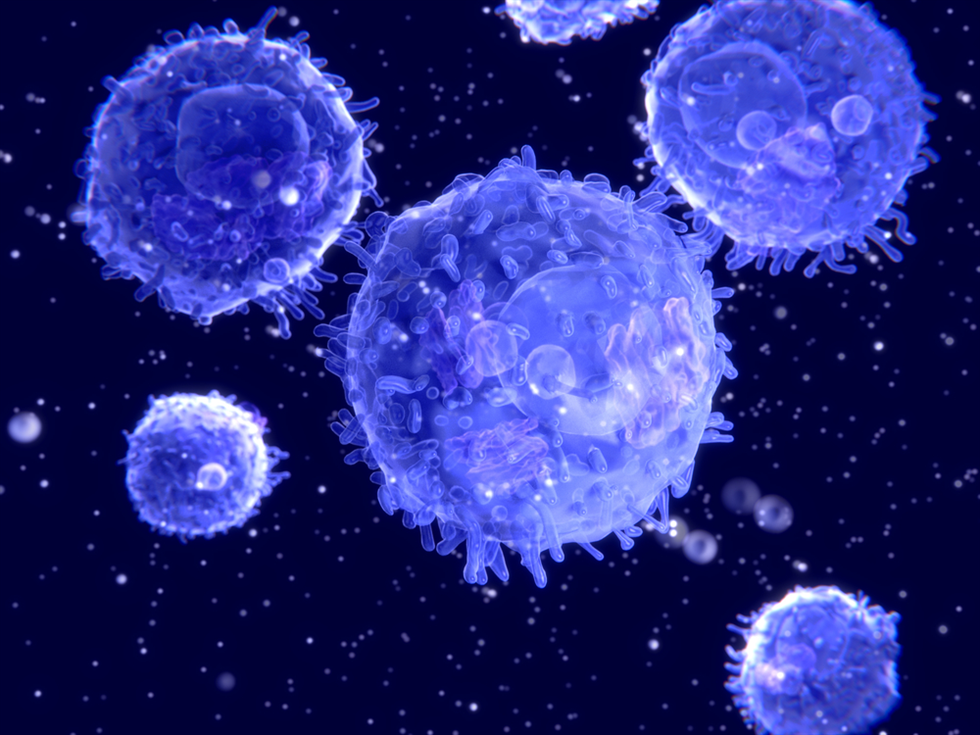
Platelets
Platelets are formed in a process called thrombopoiesis. They are not cells. They are more like small protrusions that get separated from a cell. Platelets are formed from megakaryocytes that also reside in the bone marrow.
Platelets contain lysosome and many other cellular elements. They play an essential role in blood flow. Platelets help our body maintain hemostasis. They are crucial for blood clotting. Lack of platelets can inflict severe blood loss during injury and may even cause death due to excessive hemorrhage.
How is Blood Produced?
As blood cells such as RBCs and WBCs end their life cycle, the need to replace the old cells arise. Blood is continually produced in hemopoietic tissues in adults via a process known as hemopoiesis. Red bone marrow is responsible for producing all seven types of blood cells in adults, while some organs and lymphatic tissues such as thymus, lymph nodes and spleen also produce lymphocytes.
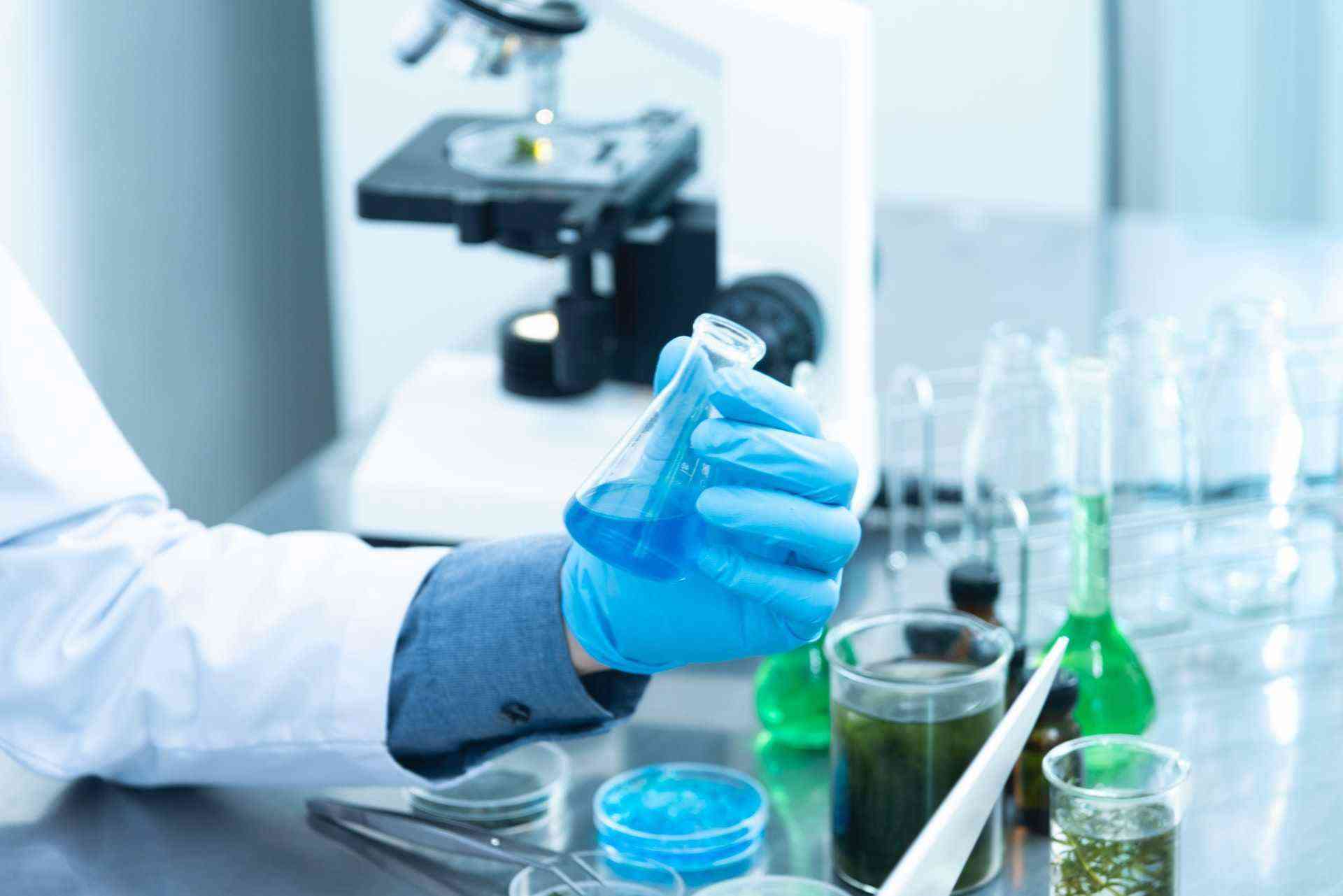
The origin of all blood cells can be traced back to HSCs or Hemopoietic stem cells in the bone marrow. Hemopoietic stem cells are multipotent stem cells that can differentiate into more specific blood cells. First, they multiply into a more particular type of cell called CFU (colony forming unit). The colony-forming units eventually develop more specified cells such as RBC and WBC.
Blood plasma comprises of water, nutrients, and electrolytes which are acquired from the digestive tract, liver and tissue plasma.

Diseases
There are various diseases related to the blood that can hamper normal body functions. Some of them include:
- Polycythemia: Polycythemia can be of two types, primary polycythemia and secondary polycythemia. Primary polycythemia is a condition where the RBC count exceeds the normal amount due to cancer in erythropoietic stem cells in the bone marrow. Polycythemia, due to other causes, is called secondary polycythemia.
The increased number of RBCs contributes to increased blood volume and viscosity which puts a strain on the heart. Prolonged Polycythemia can lead to heart failure, lung disease, stroke, embolism and various other diseases.
2. Anemia: Anemia is the lack of RBCs. It can occur due to many reasons, including hemolysis, nutrient deficiency or hemorrhage. Iron deficiency anemia is the single most common disease among pregnant women.

In anemia, blood viscosity and osmolarity are reduced due to fewer RBCs. Also, tissues may suffer from hypoxia (lack of oxygen in tissues). This can be life-threatening if not treated properly.
3. Leukopenia: Leukopenia is similar to anemia. It is the lack of leukocytes. This can occur due to disease conditions such as AIDS, measles, mumps.
Leukocytes protect our bodies by eliminating wastes, killing harmful agents and cancer cells. Leukopenia may expose our body to these potential risks if not treated immediately.
4. Leukocytosis: A count above the average number of leukocytes is leukocytosis. It can occur during infection and disease conditions. Usually, leukocyte count comes down to normal when the potential harmful foreign particle is eliminated.
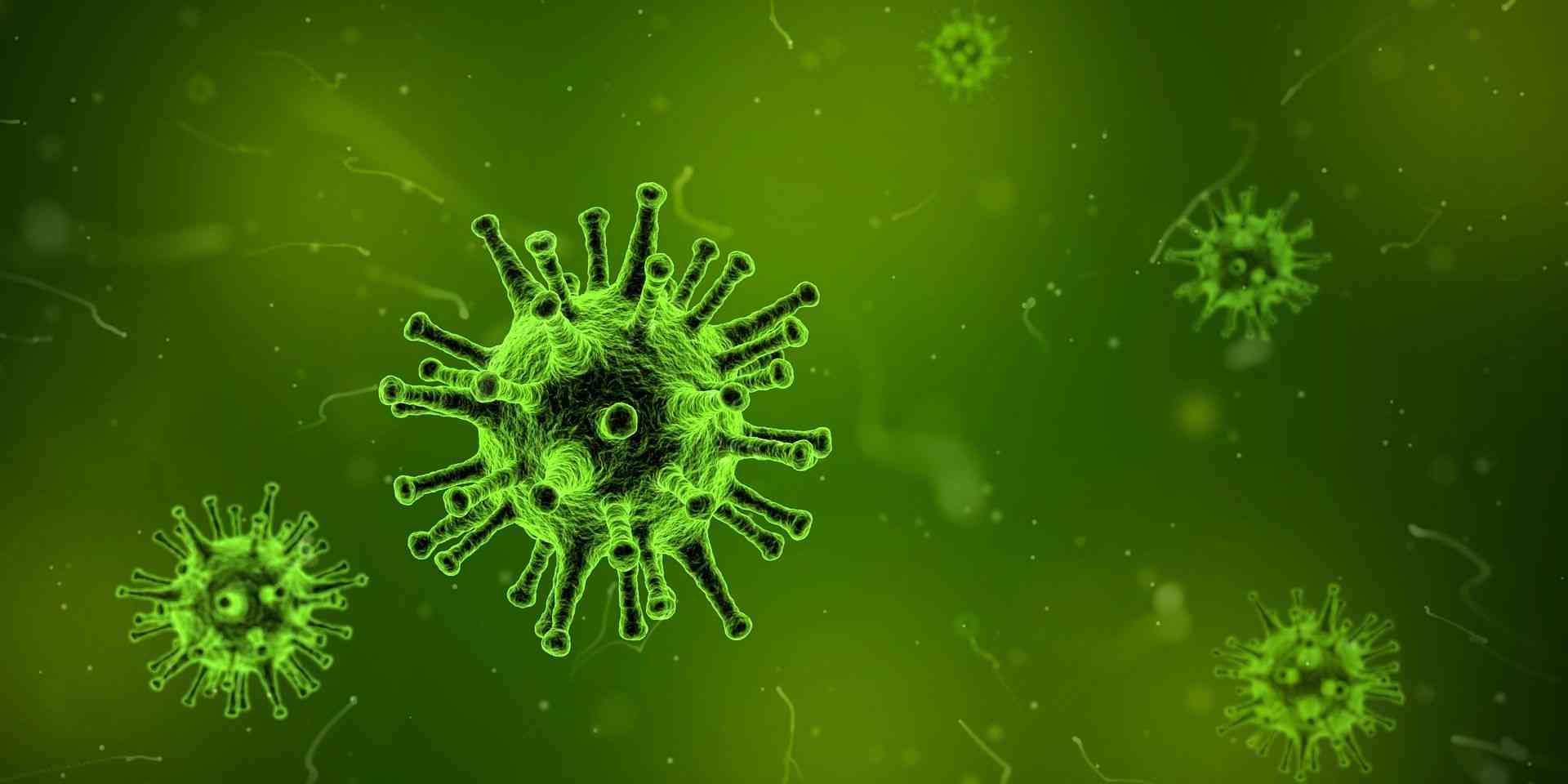
5. Hemophilia: Hemophilia is a family of hereditary diseases. It occurs due to a lack of blood clotting factors. Severe hemophilic conditions can cause internal hemorrhage and prolonged bleeding during injury and can be life-threatening.
6. Thrombosis: Thrombosis is the abnormal clotting of blood inside blood vessels—most people over the age of 50 faces this problem. It may occur in veins often because of the slower blood flow. The clot can grow large enough to obstruct an entire blood vessel.
This can lead to vital organ failure due to blockage in vessels. If the clot occurs in the lungs, it can cause pulmonary embolism which can lead to death due to hypoxia (death due to lack of oxygen in the body).
Recommended reading:
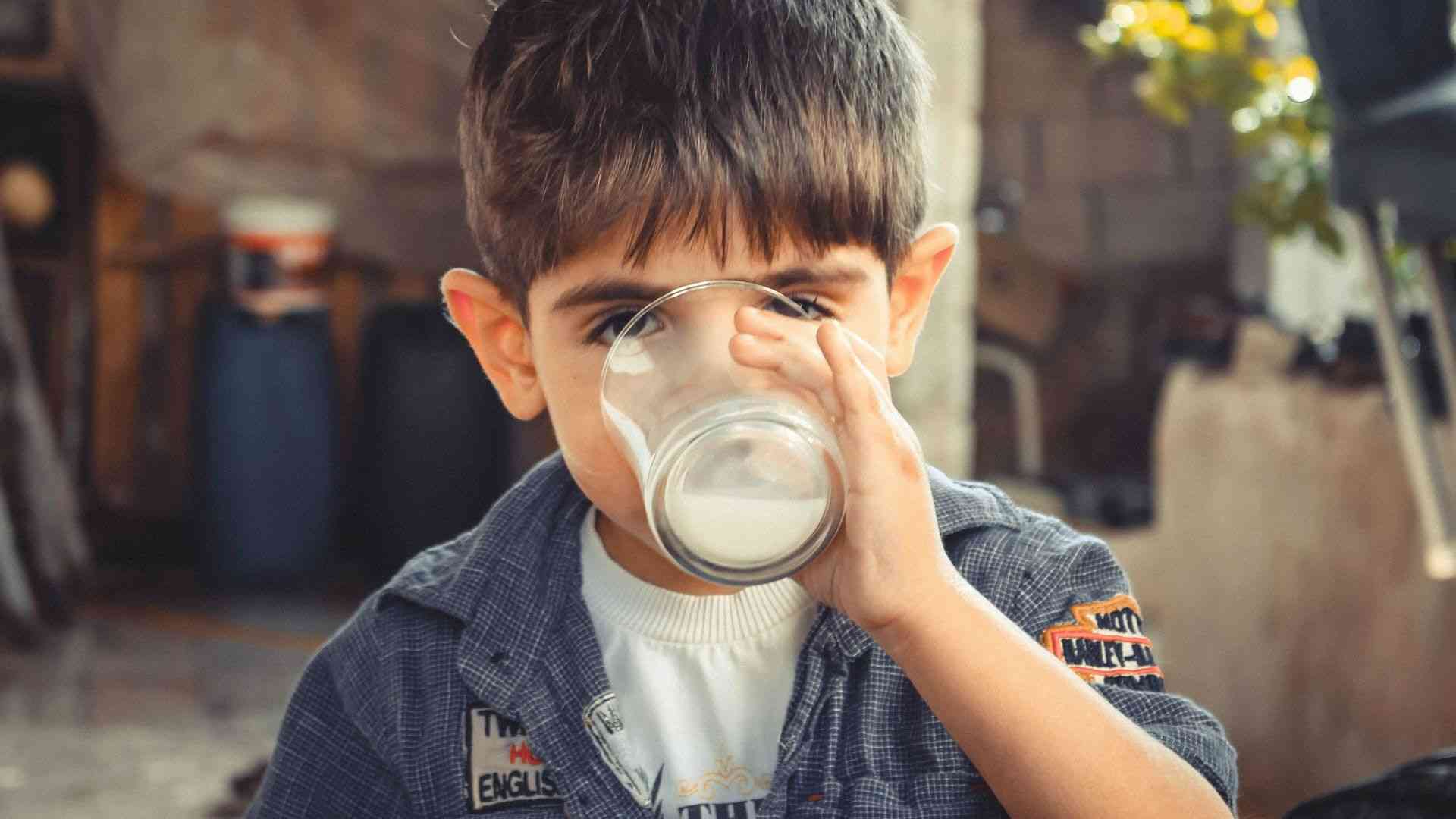
Reference:
[1] Anatomy Physiology The Unity of Form and Function, Eighth Edition (KENNETH S. SALADIN)

